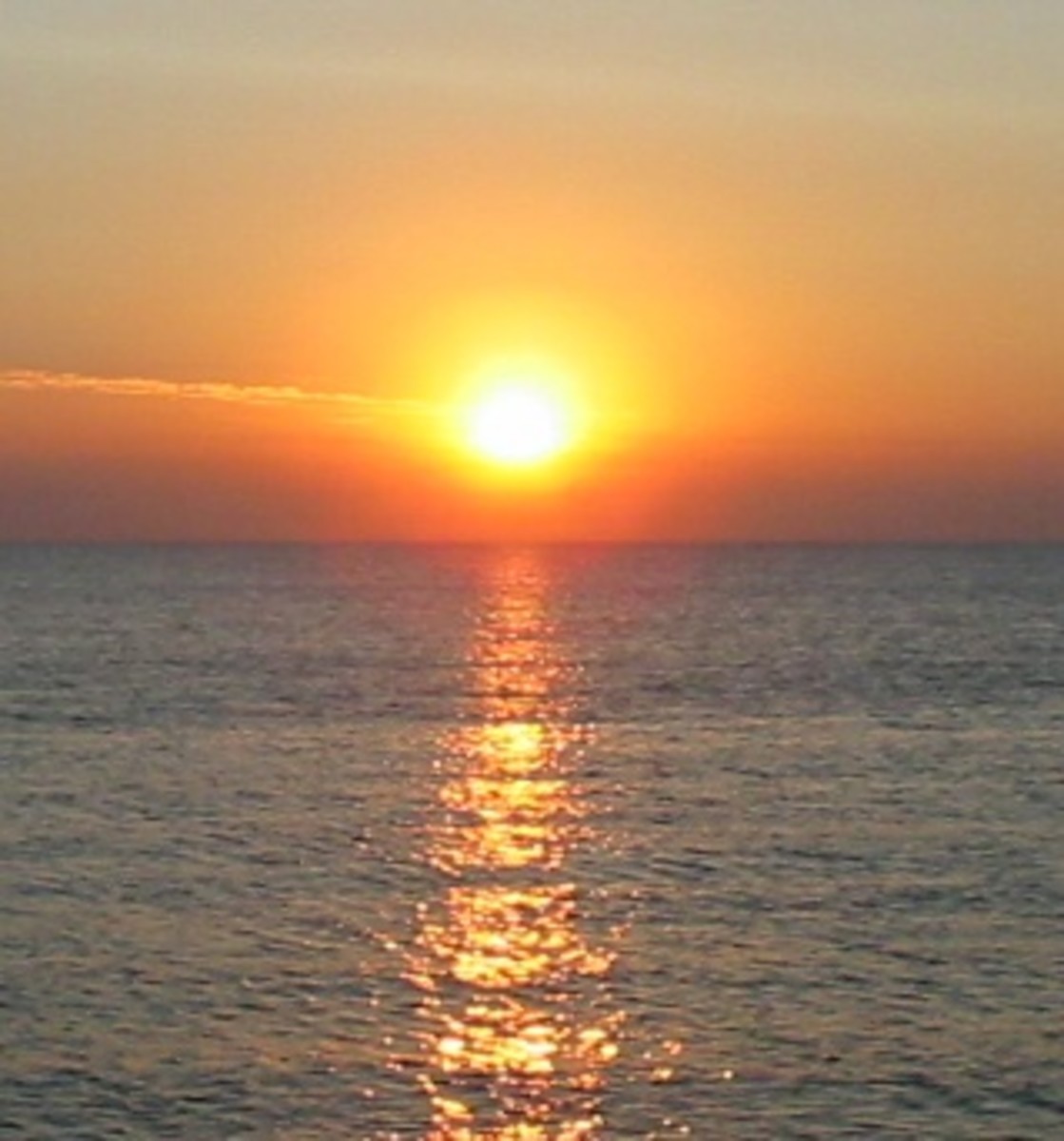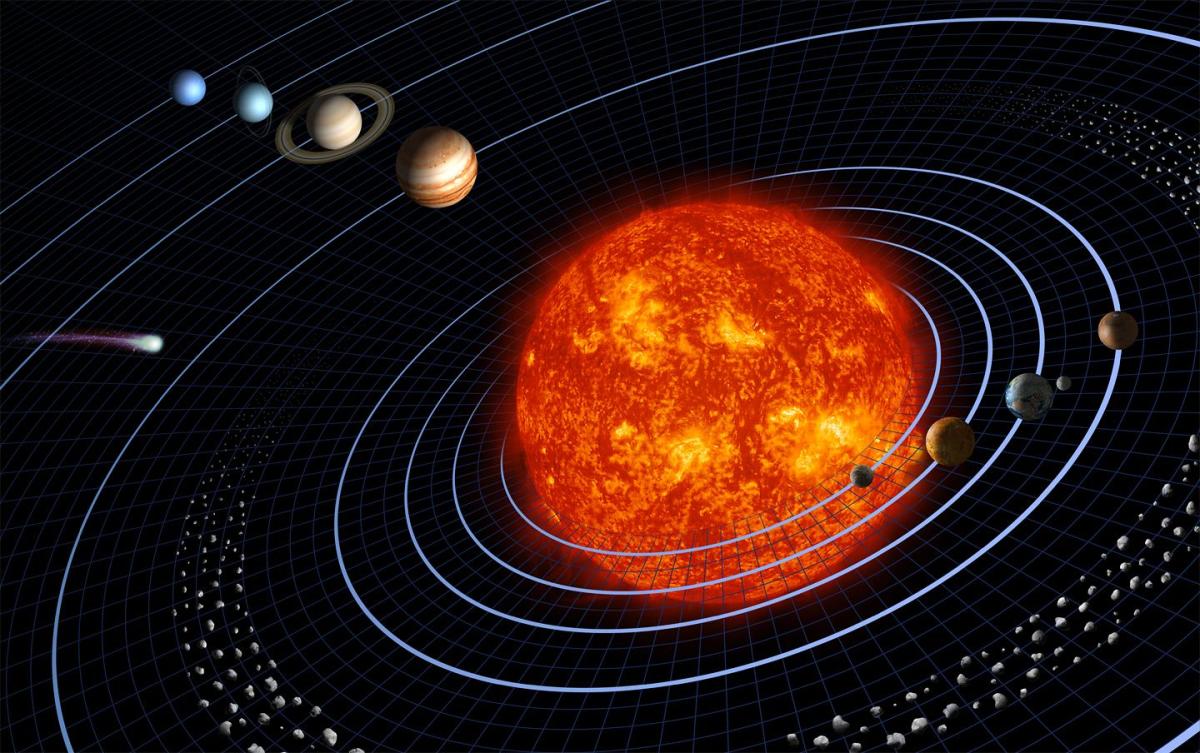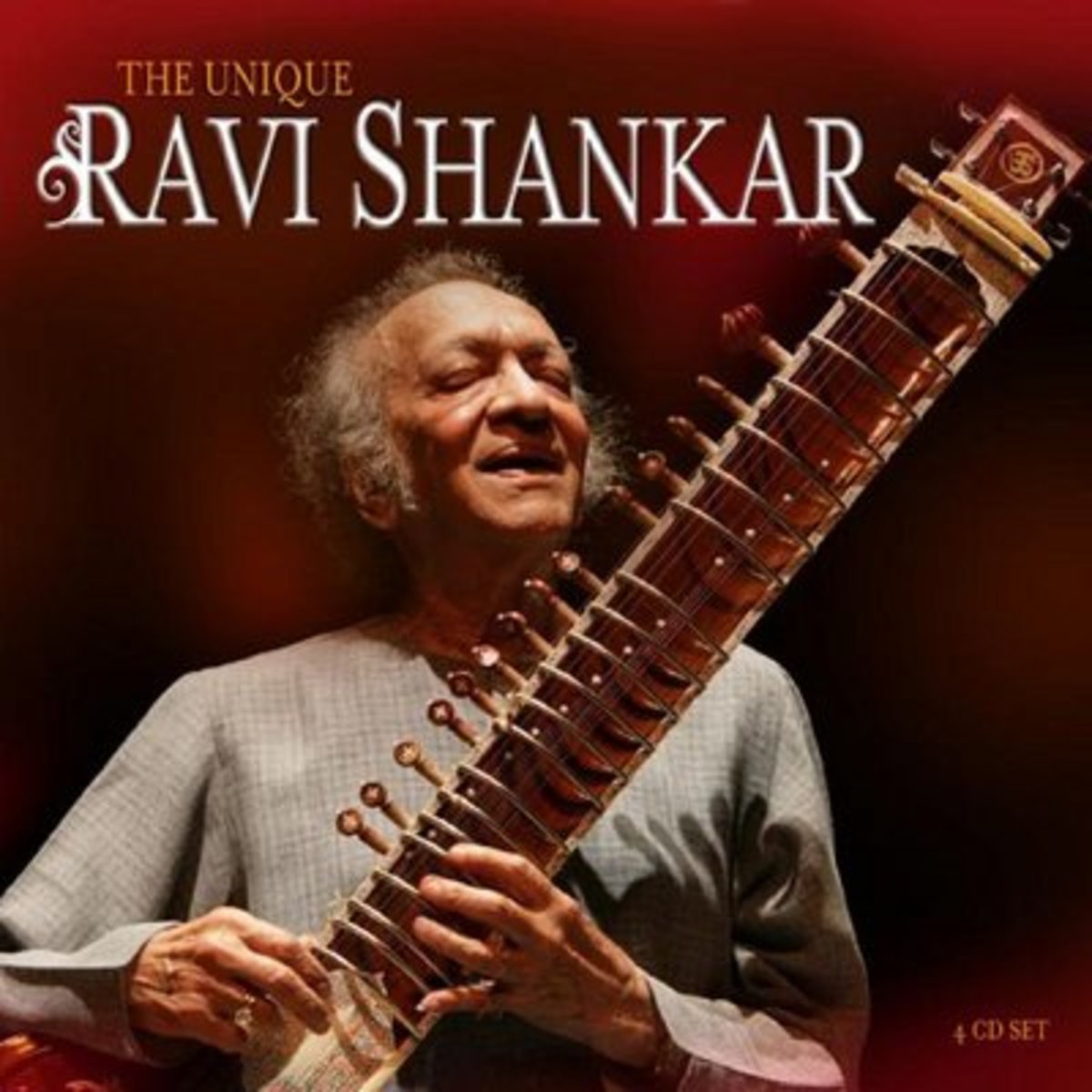Famous Clarinet Concertos
Yehudin playing the finale of Weber's Clarinet Concerto No. 2
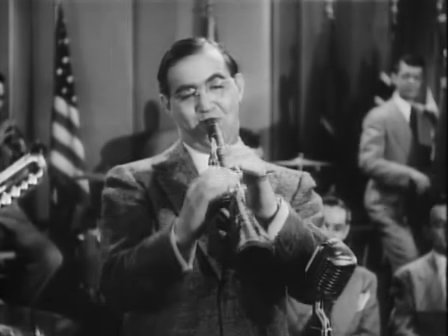
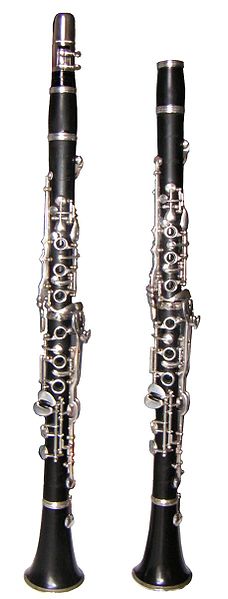
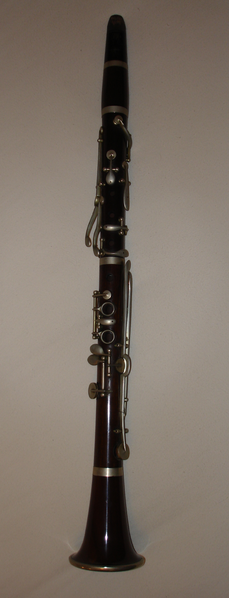
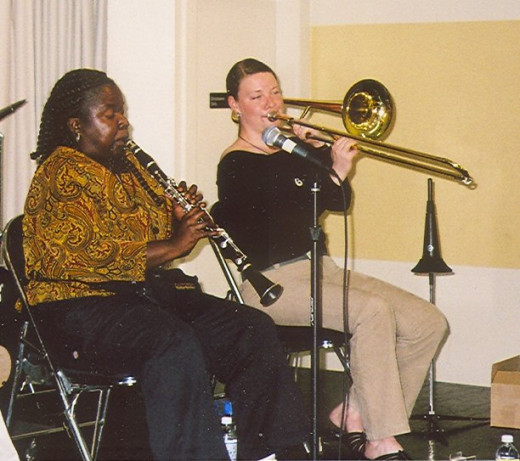
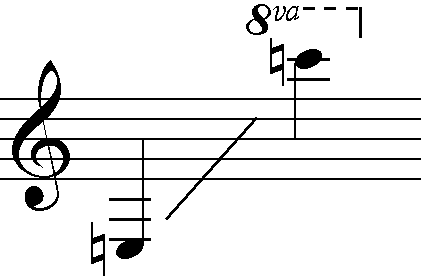
The Clarinet
You can see and hear performances of these famous compositions by visiting www.youtube.com
Famous clarinet concertos - this is another one of my “famous concertos” series. In this case, I’m discussing the clarinet. One of the things which makes the clarinet special, is that it appeals to musicians and people with different musical tastes; the clarinet is as much at home playing Mozart, as it’s playing jazz, R&B, and even other styles of popular music. This is something which many other instruments cannot stake claim to. For example, the violin or oboe, lovely as they are, do not sit as well with some of the aforementioned musical styles; however, the clarinet does an exceptional job playing different styles of music and that's not something many musical instruments can say.
Transposition
What does this mean? ...not sure how to explain transposition to someone who doesn’t understand music, so I’ll try my best. Take a paragraph from a novel which contains - say 5-6 sentences, and write each of those sentences in a different language - e.g., first sentence in Spanish, second in English, third in French, etc...this - somewhat - best describes transposition is in music. There are three types of clarinets: B flat, A, and C. If the symphony is say for example in C major, chances are the chosen clarinets for the piece will be in B flat, because, the clarinet’s part would be then written in D major, which is a relatively simple key with only 2 sharps. However, say the symphony is in A major, the chosen clarinets would most likely be in A, because, the clarinet’s part would be then written in C major - simple key - no sharps or flats. Trumpets, horns, and a few other orchestral instrument require transposition as well. A poignant point: some 20th century composers (Prokofiev was notorious for doing this) would write their full orchestral scores/compositions in what is known as “concert pitch.” This means, all the instruments are written in the exact same key. What happens then? Music publicists would then take the composer’s full orchestral score (which they have to anyway....) and write the instrument’s individual parts for the players to perform in their perspective keys, otherwise, a performance of the piece would be impossible. Just like it’d be impossible, not to mention incoherent, to read a novel or a short stories in 4-5 different languages. When I took music scoring years ago, I was one of the few individuals in class who hand wrote and transposed his own scores, everyone else relied on computers to do this for them. One day, the computer malfunctioned and it produced all the scores in the same key (concert pitch), making the clarinet and trumpet player’s scores obsolete - no performance of the piece was possible. So, to put it down to ‘where the rubber meets the road’, if a violin is playing C, you have to write D on a B flat clarinet in order for the clarinet player to play C; if a violin is playing C, you have to write E flat on a B flat clarinet in order for the clarinet player to play C....
Clarinet Concertos
For whatever reason, clarinets have not fared well in concertos. Clarinets are excellent in small chamber compositions and as orchestral instruments, but not in concertos. In fact, there are only just handful of well known clarinet concertos and I’ll attempt to discuss a few of them in this article.
Mozart - Clarinet Concerto in A major, K.622, in 1791
This is one of the most famous and beautiful of all clarinet concertos. The work was composed in the same year Mozart died; it was one of Mozart’s last instrumental compositions. Mozart has been hailed ‘music’s greatest genius’ by many scholars. All positive things said about Mozart, it was in the field of opera that he excelled the most. Mozart’s operas and Shakespeare plays are two of most cherished things in Western Civilization/Culture. However, many have stated that the slow movements of Mozart concertos (this concerto or otherwise) sound like arias (songs from an opera), and the slow movement of this work is no exception to that rule (some people like this, some not). The work is in three movements marked: I Allegro, II Adagio, III Rondo. The second movement of this work is very beautiful and, it became popular when it was used in the soundtrack of the movie “Out of Africa”; additionally, a synthesizer rendition (electronic music) of the work’s slow movement was more infamously used in the cult film “American Gigolo” which stars Richard Gere and Lauren Hutton.
Weber - Clarinet Concerto No. 2 in E flat major, Op. 74, in 1811
Carl Maria von Weber was one of music’s greatest innovators. He’s typically considered to have been the first important Romantic composer to have lived (Beethoven being considered the father of that movement). Additionally, this work is a staple of the clarinet repertoire; and, the last movement of this work is difficult and challenging for even the most proficient of clarinet virtuosos. The coda of the last movement has become a chronic nightmare for clarinet players - Weber writes runs/scales in sextuplets and semiquavers making it almost impossible for even the greatest virtuosos to overcome. This is to date considered one of Weber’s greatest works.
Copland - Clarinet Concerto, 1947-1949
The irony of it all, is if I had a penny for every piano and violin concerto written between 1811 and 1947, I'd be able to retire in comfort right now for the rest of my life. And yet, I virtually can’t think of a famous clarinet concerto in the span those 100+ years!... Well, this means nothing, because, the clarinet is just as popular as the violin and piano, but not in concerto form. Benny Goodman commissioned Copland to compose this concerto. Although Copland is one of America’s greatest composers, Goodman said [...] “At the time there were not too many American composers to pick from...” [...] Today, the concerto is considered one of Copland’s finest compositions, as well as one of the most famous clarinet concertos ever written....
Final Thoughts:
Clarinet concertos are rare, but clarinet music is not. The clarinet is one of the most beloved of all musical instruments. Additionally, great clarinetists are few and rare.

